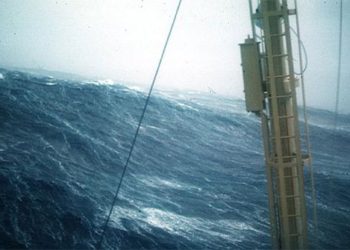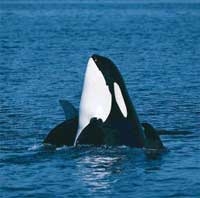The prehistoric monster megalodon swam slightly faster than the great white shark, according to research results based on dermal denticles as indicators revealing their hunting speed.

Reconstruction of the prehistoric megalodon shark. (Photo: UCLA).
Despite the significant size difference between the estimated colossal megalodon and its relatively smaller distant relatives, researchers estimate that both species hunted at speeds comparable to the average human walking speed, IFL Science reported on July 23. Unlike dolphins with smooth, olive-like skin, shark skin is smooth in one direction and rough in the opposite. This is because their unusual skin is covered with dermal denticles, V-shaped structures that resemble teeth more than scales.
Swimming with skin filled with dermal denticles helps reduce drag and turbulence for sharks, meaning they can glide through the water faster without making noise. Since different species possess different types of dermal denticles, scientists wonder whether the dermal denticles themselves could be indications of hunting speed in sharks.
The research team reviewed old papers estimating the size and spacing of dermal denticles in Otodus megalodon sharks and found them quite similar to the distant relative, the great white shark (Carcharodon carcharias). They used this data along with information about the dermal denticles of several modern shark species to estimate speed by focusing on the peak spacing and performance in reducing drag of the dermal denticle structure in each species, as well as the body length of the sharks.
The results published in the Royal Society Interface indicated that megalodon likely hunted at a speed of 5.9 m/s while the great white shark swam at 5.7 m/s. Therefore, in a head-to-head race, the megalodon would come out on top. However, both of these massive shark species lag far behind the shortfin mako shark (Isurus oxyrinchus), which has an estimated hunting speed of 10.5 m/s.
This study marks the first time X-ray imaging has revealed the three-dimensional surface morphology of dermal denticles in great white sharks. This information could inspire structures designed to reduce drag in fluid dynamics, which could be adapted to operate at various speeds.





















































